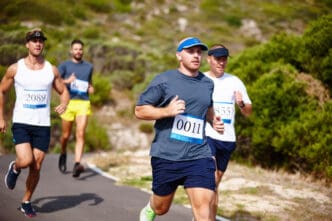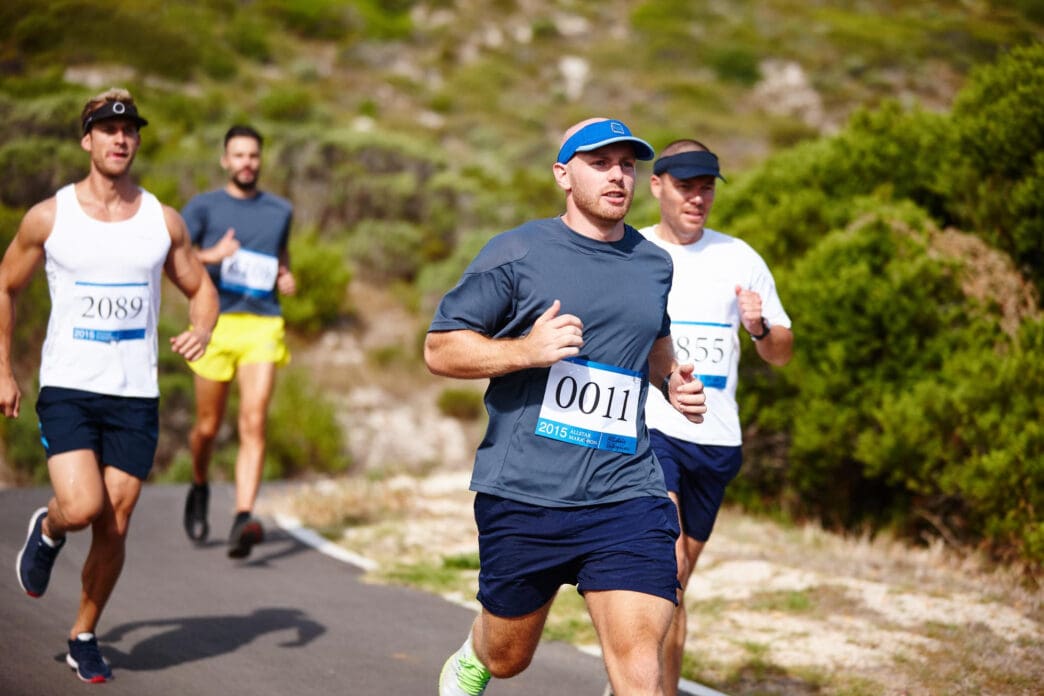A Quick Takeaway
The Story Behind the Trend
How to Make It Work for You
The Community View
Conquering a 100-mile ultramarathon demands more than just physical endurance; it requires a meticulous and strategic approach to nutrition and hydration, especially for a runner accustomed to the unique climate of Miami Beach. This comprehensive guide is designed to empower dedicated ultramarathoners, like those training in South Florida, with the essential knowledge to fuel their bodies optimally before, during, and after the race, ensuring sustained energy, electrolyte balance, and peak performance across the daunting distance.
Understanding the Ultra-Endurance Challenge
A 100-mile race pushes the human body to its absolute limits, depleting glycogen stores, stressing muscles, and challenging electrolyte balance over many hours, often through the night. The metabolic demands are immense, requiring a constant supply of energy and careful management of fluid loss.
Unlike shorter races, ultramarathons necessitate a blend of carbohydrate, fat, and even some protein utilization, along with a sophisticated hydration and electrolyte strategy to prevent common pitfalls like “bonking,” hyponatremia, or gastrointestinal distress.
Pre-Race Fueling: The Foundation
The success of your 100-mile race begins long before the starting gun fires. Pre-race fueling is about building robust energy reserves and ensuring your body is primed for the immense effort ahead.
Weeks Out: Building the Stores
During your peak training weeks, focus on a nutrient-dense diet rich in complex carbohydrates, lean proteins, and healthy fats. This is when you experiment with different foods and fueling strategies to see what your body tolerates best under stress.
Pay attention to your overall calorie intake to support recovery and prevent energy deficits. Adequate protein intake is crucial for muscle repair and adaptation during intense training.
The Week Before: Tapering Nutrition
As your training volume decreases during the taper, resist the urge to drastically cut your food intake. Your body is still repairing and building, and it needs calories to do so.
Gradually increase your carbohydrate intake while slightly reducing fiber-rich foods to minimize potential gut issues on race day. Focus on easily digestible carbs like white rice, pasta, and potatoes.
Race Eve: Final Preparations
Keep your race-eve dinner familiar, moderate in size, and rich in carbohydrates. Avoid anything new, overly spicy, or high in fat and fiber, which can cause digestive upset.
Ensure you are well-hydrated throughout the day by sipping water and electrolyte drinks. Avoid excessive alcohol or caffeine, which can interfere with sleep and hydration.
Race Morning: The Last Meal
Consume a light, carbohydrate-rich breakfast 2-3 hours before the start. Again, stick to foods you’ve practiced with during training, such as oatmeal, a bagel with jam, or toast.
Continue to sip water or a light electrolyte drink, aiming for about 16-20 ounces in the hour leading up to the race, but avoid over-hydrating, which can lead to frequent bathroom breaks.
During the Race: Sustaining the Effort
Mid-race fueling is a dynamic process of continuous energy replacement, electrolyte management, and hydration. It’s about staying ahead of the curve, rather than reacting to deficits.
Carbohydrates: The Primary Fuel
Aim to consume 30-60 grams of carbohydrates per hour, potentially up to 90 grams per hour for highly trained athletes who have practiced this in training. This can come from gels, chews, sports drinks, or real foods like bananas, pretzels, or small sandwiches.
Experiment with different sources to find what your stomach can tolerate over many hours. Many ultrarunners find a mix of simple sugars (gels) and complex carbs (real food) works best.
Electrolytes: Balancing the System
Sodium, potassium, magnesium, and calcium are critical for muscle function, nerve transmission, and fluid balance. Sweating depletes these, especially sodium.
Supplement with electrolyte capsules or drinks, particularly in warmer conditions. A general guideline is 250-500 mg of sodium per hour, but this can vary significantly based on individual sweat rates and environmental conditions.
Hydration: Staying Ahead of Thirst
Drink to thirst, but also be mindful of your intake. Aim for 16-24 ounces of fluid per hour, balancing water with electrolyte-rich drinks. Over-drinking plain water can dilute sodium levels, leading to hyponatremia.
Monitor your urine color; a light straw color indicates adequate hydration. Dark urine suggests under-hydration, while completely clear urine might suggest over-hydration.
Fat and Protein: Supporting Roles
While carbohydrates are primary, incorporating small amounts of fat and protein can help with satiety and provide a sustained energy source later in the race. Options like nut butter, small pieces of cheese, or even broth can be beneficial.
These should be consumed sparingly and cautiously, as high fat or protein intake can be harder to digest during intense exercise.
Gut Training: Practice Makes Perfect
The stomach is a muscle that needs training. Practice your race-day fueling strategy during long training runs. This helps your gut adapt to processing food and fluids while under stress, reducing the likelihood of gastrointestinal issues on race day.
Experiment with different brands and types of fuel to identify what works best for your digestive system.
Post-Race Recovery: Rebuilding and Repairing
The finish line is not the end of your fueling journey. Post-race nutrition is crucial for initiating recovery, repairing muscle damage, and replenishing depleted energy stores.
Immediate Post-Race: The Golden Hour
Within 30-60 minutes of finishing, consume a mix of carbohydrates and protein. Aim for a 3:1 or 4:1 carb-to-protein ratio to kickstart glycogen replenishment and muscle repair.
A recovery drink, chocolate milk, or a small meal containing easily digestible foods like a turkey sandwich or a bowl of oatmeal can be excellent choices.
The Days Following: Continued Support
Continue to prioritize nutrient-dense foods, lean proteins, complex carbohydrates, and healthy fats. Focus on anti-inflammatory foods like berries, leafy greens, and omega-3 rich fish to aid in reducing inflammation and promoting healing.
Stay well-hydrated, and listen to your body’s hunger cues. Adequate sleep is also a critical component of recovery.
Specific Considerations for the Miami Beach Runner
Training and racing in a hot, humid environment like Miami Beach adds another layer of complexity to your fueling strategy. The increased sweat rates and heat stress demand careful attention to specific areas.
Heat and Humidity Acclimation
If your race is in a cooler climate, you’ll need to adjust your hydration strategy. However, if racing in similar conditions, your body should be well-acclimated to the heat, which is a significant advantage.
If traveling to a hotter race, allow ample time for heat acclimation, ideally 10-14 days, to reduce physiological stress and improve performance.
Increased Electrolyte Needs
Miami’s high humidity means sweat doesn’t evaporate as efficiently, often leading to higher overall sweat rates and greater electrolyte loss. Your individual sodium needs will likely be on the higher end of the spectrum.
Consider a sweat test to determine your personal sodium loss rate, allowing for a more precise electrolyte replacement strategy.
Hydration Strategy in Warm Climates
Pre-hydrate diligently in the days leading up to the race, and be proactive with your fluid intake from the very start. Don’t wait until you feel thirsty.
Utilize cold fluids at aid stations when available, as they can help lower core body temperature and be more palatable.
Mastering your fueling strategy is as vital as your physical training for a 100-mile ultramarathon. By understanding the body’s demands, meticulously planning your nutrition and hydration, and tailoring your approach to environmental factors like those experienced by a Miami Beach runner, you lay the groundwork for a strong, sustained performance and a successful finish. Remember to practice your strategy extensively in training, listen to your body, and adjust as needed to cross that finish line victorious.







